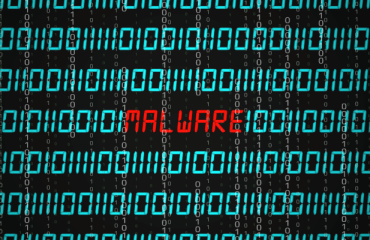
As of 2023, it is important for SaaS companies to be aware of the potential cybersecurity threats that may arise. In order to ensure the safety of your systems and data, it is crucial to focus on the following four key areas: web application weaknesses, misconfiguration mistakes, vulnerable software and patching, and weak internal security policies and practices. By doing so, your business will be prepared to face these threats head-on and avoid being caught in the headlines for all the wrong reasons.
- Web Application Weaknesses: As SaaS companies rely heavily on web applications to operate, they can also store some of the most sensitive information, such as valuable customer data. However, these applications are often multi-tenanted, which can leave them vulnerable to attacks where one customer can access the data of another. Common exploitations include logic flaws, injection flaws, and access control weaknesses. In order to mitigate these risks, security testing using an automated vulnerability scanner in combination with regular penetration testing can help design and build secure web applications by identifying vulnerabilities early in the development cycle.
- Misconfiguration Mistakes: Managing a cloud environment can be complex, and mistakes can easily occur. Misconfigurations, which can often go undetected, are a leading cause of data security breaches and can be attributed to human error. To combat this, external network monitoring is essential, and a penetration test of your cloud infrastructure can reveal issues such as misconfigured S3 buckets and permissive firewalls within VPCs. Additionally, using a tool like Scoutsuite can help to audit and monitor your attack surface.
- Vulnerable Software and Patching: Keeping your software up-to-date with the latest security patches is a crucial step in ensuring the safety of your systems. Self-hosting an application requires constant monitoring and updating of operating systems and library security patches. An alternative to self-hosting is utilizing Serverless and Platform as a Service (PaaS) offerings that run your application in a container, which will take care of patching the operating system for you. However, it is still important to ensure that the libraries used by your service are kept up-to-date with security patches.
- Weak Internal Security Policies and Practices: Small and growing SaaS companies may have a less developed security posture, making them more vulnerable to attacks. Implementing simple measures such as using a password manager, enabling two-factor authentication, and providing security training can significantly increase protection. Using a password manager can help maintain secure and unique passwords across all online services used by your team, and two-factor or multi-factor authentication can add an extra layer of security.
In conclusion, it is imperative for SaaS companies to be aware of the potential cybersecurity threats and take steps to protect their systems and data. By focusing on these four key areas, your business will be better prepared to face any challenges and avoid negative headlines.




